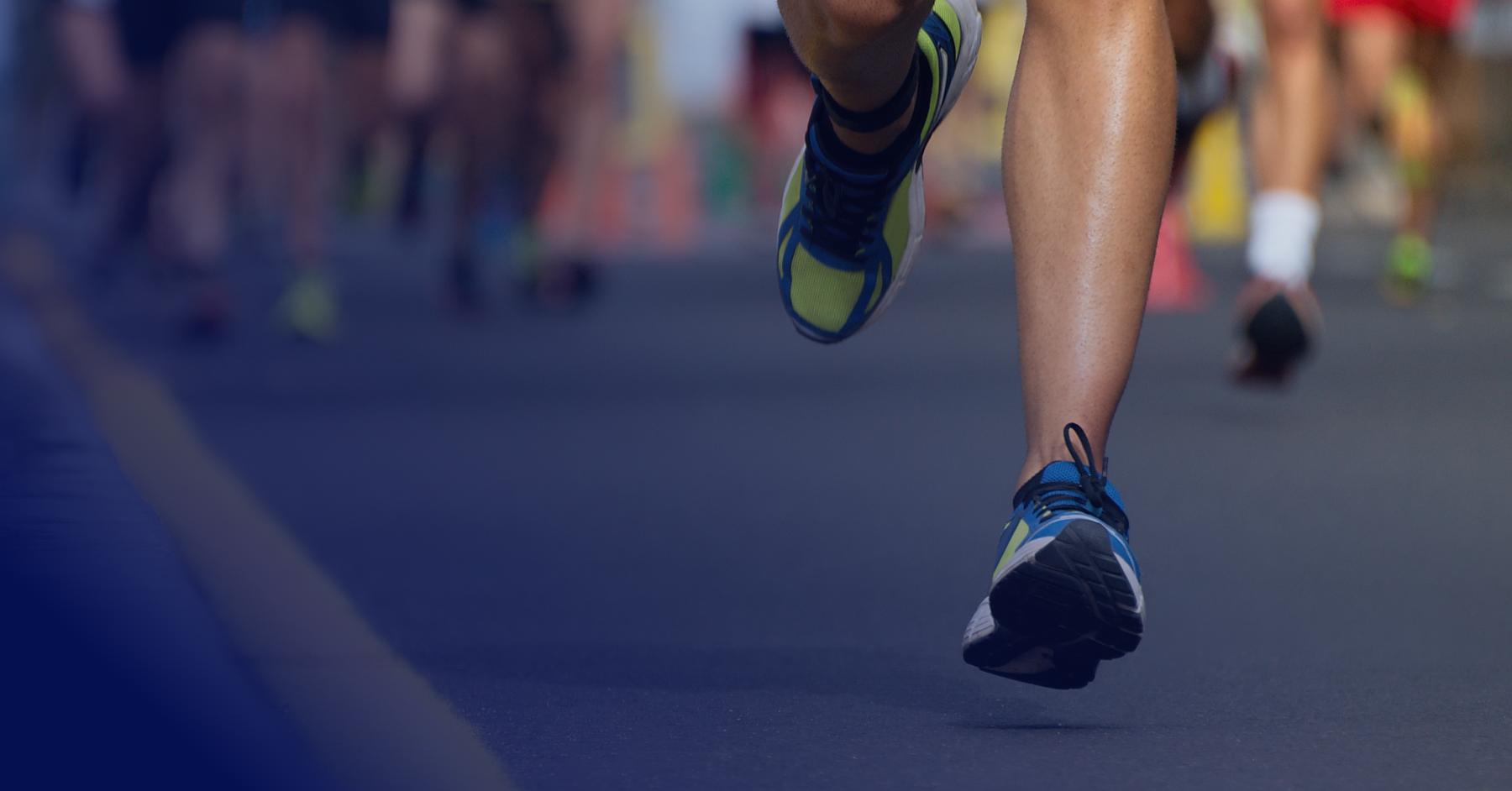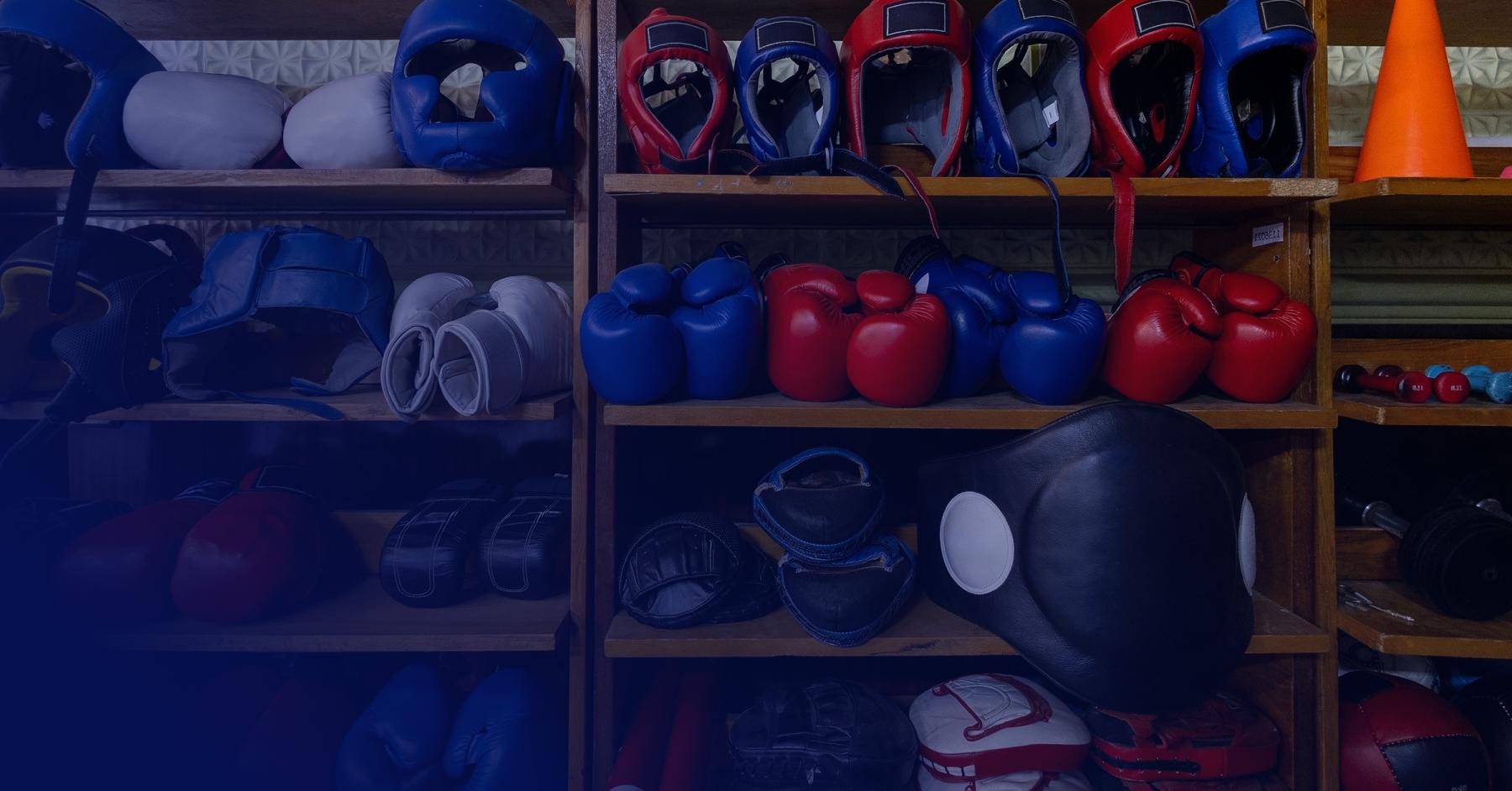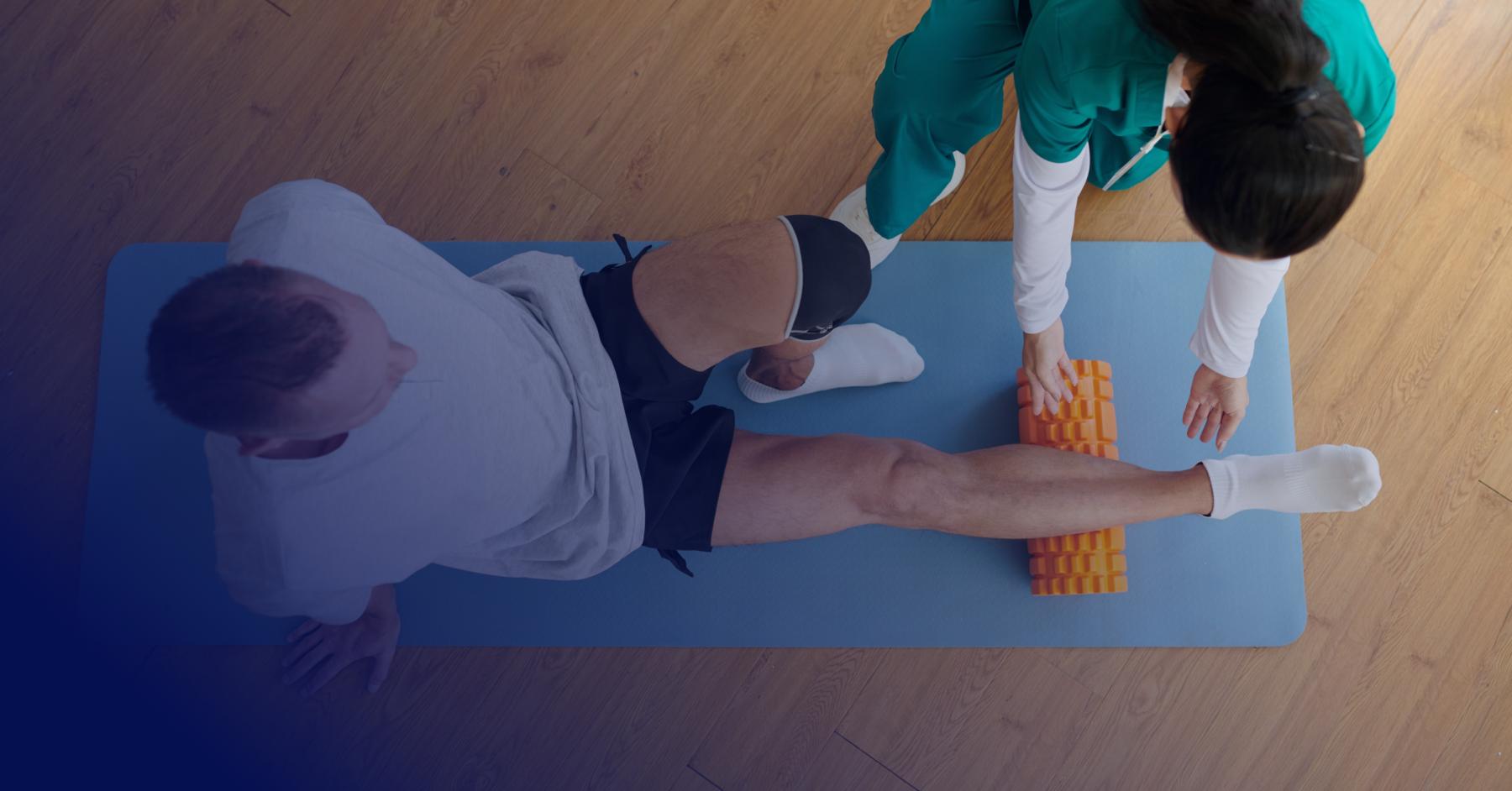Should You Forgo Shoes on Your Next Run?
Foot Injury, Heel Injuries, Workout Injuries
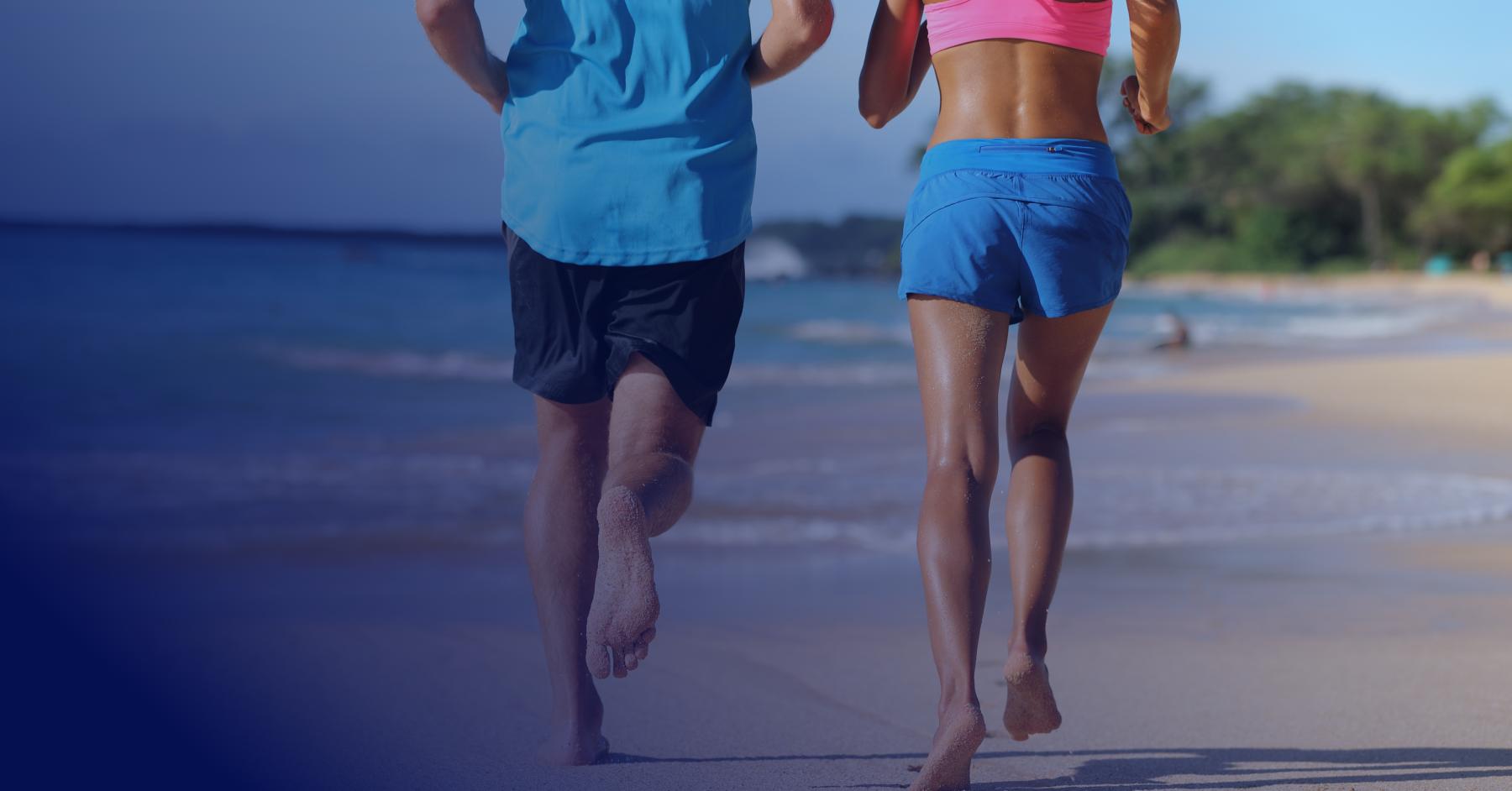
Barefoot running has gained attention in recent years as athletes look for more natural ways to move. While some believe it can improve strength and form, others warn it may increase the risk of injury. Here’s what to know before you leave your shoes behind.
Running remains one of the most popular forms of exercise in the U.S., and it’s easy to see why. It builds muscle strength and cardiovascular fitness, and can be done indoors or outdoors, year-round. In fact, roughly 50 million Americans, or about 15% of the population, run or jog regularly. And each year, runners pay high prices for footwear to hit the trail. But do runners really need those expensive running shoes?
But some runners are questioning whether all that cushioning is really necessary. In recent years, a growing number have ditched traditional shoes altogether, choosing to run barefoot or in minimalist footwear instead. This movement has fueled a lively debate: Is barefoot running better for your body, or is it a risky trend that could lead to injury?
Advocates argue that our ancestors ran comfortably without shoes and that modern footwear interferes with our natural stride. Skeptics, however, caution that running barefoot isn’t without its downsides. Let’s take a closer look at the science, benefits, and risks before you take off your shoes and hit the trail.
Why the barefoot running debate exists
The barefoot running trend gained momentum with the 2009 publication of the non-fiction book Born to Run by Christopher McDougal. In it, he recounts how the Tarahumara tribe in Mexico routinely ran long distances at high speeds in thin sandals without suffering major injuries. That led him to conclude that most running injuries stem from modern, well-cushioned running shoes that interfere with our natural mechanics.
Supporters of barefoot running say it encourages a midfoot or forefoot strike, which can reduce heel impact and promote better posture. Traditional shoes, they argue, make heel striking easier and less efficient.
However, research has yet to prove that barefoot running is safer or prevents injuries. A University of Virginia study found that 68% of barefoot runners reported no new injuries after switching, but other experts note there’s no clear evidence that barefoot running actually reduces injury rates. The recommendation for those considering throwing away their running shoes is to proceed with caution and take incremental steps to smooth the path to barefoot running.
Is running barefoot good for you?
As with any fitness trend, barefoot running has its pros and cons.
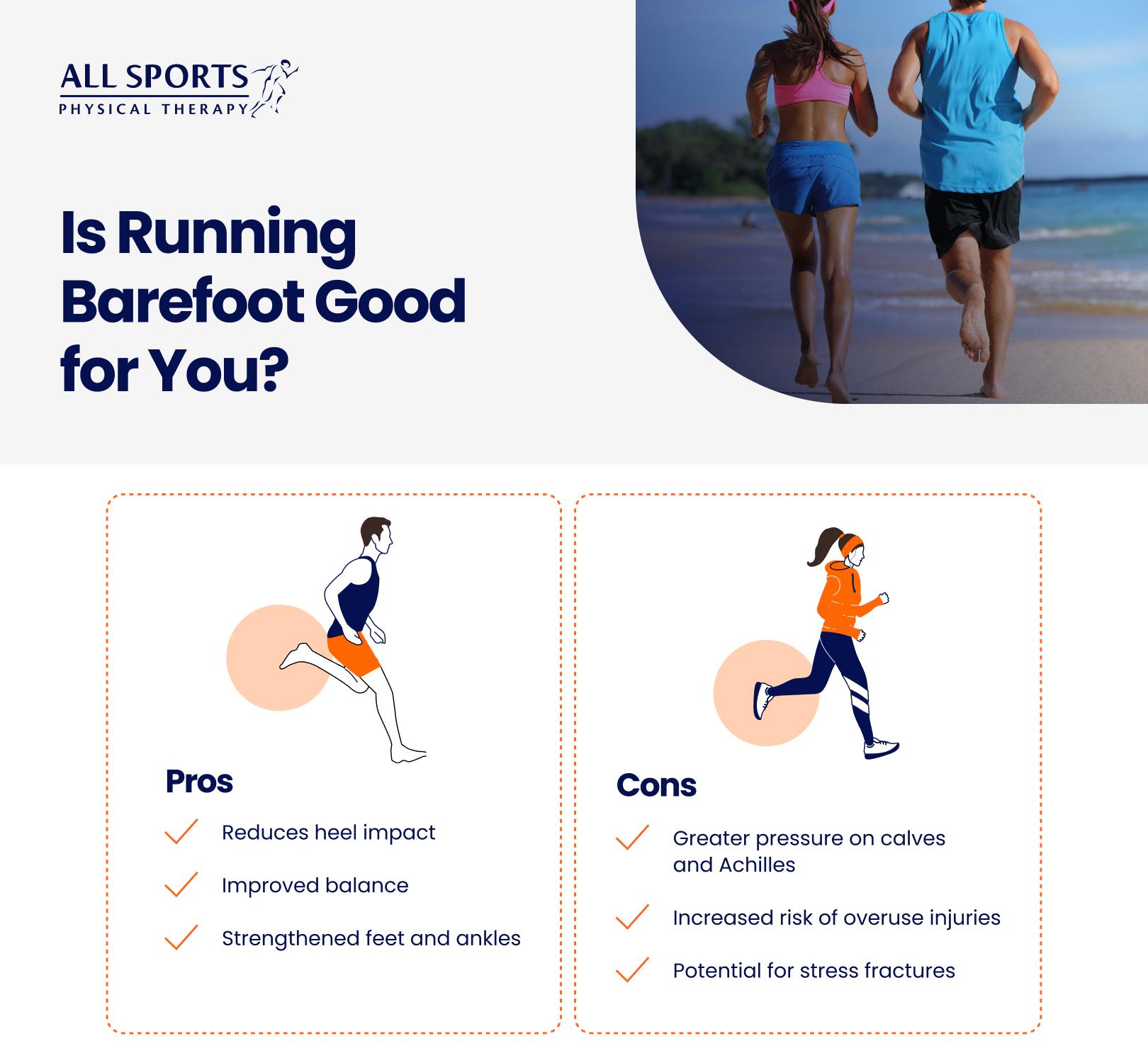
Potential benefits of running without shoes
- Improves your form by encouraging a forefoot and midsole stride, which reduces the impact on the heel
- Better awareness of your stride and the ground beneath you
- Increases proprioception, or the ability to orient your body to the environment and move freely
- Decreases stride length, so your foot lands directly under your torso and aligns better with your center of gravity
- Strengthens the smaller muscles in the feet, ankles, legs, and hips for better balance
- Stabilizes a flat arch by tightening foot muscles
- Reduces the risk of plantar fasciitis by improving your running technique and preventing overuse injuries
The potential risks of ditching shoes
- Leaves your feet unprotected from ground debris, such as rocks and glass
- Provides no insulation on cold or icy trails
- Increases the risk of Achilles tendonitis as the heels sit closer to the ground and are engaged more frequently
- Causes blisters as your feet adjust to rougher surfaces
- Shifts muscle load from the hips and knees down to the shins, feet, and Achilles tendon
- Raises the risk of injury when transitioning too quickly to barefoot running
Barefoot running can offer real benefits, but it’s not a one-size-fits-all approach. If you decide to give it a try, move slowly and pay attention to how your body responds.
How to transition safely if you choose to go barefoot
Deciding to run barefoot is an individual decision. If you take the barefooted leap, experts advise taking the following measures to make the changeover safe and ultimately beneficial to your health:
Start slowly. Get used to rougher surfaces by running on a treadmill, gravel path, grass, or rubberized track. Practice short runs without shoes at first before going shoeless.
Gradually increase distance. Bump up your distance by about 10% each week.
Alternate between shoes and bare feet. Warm up and train with bare feet, and then don your running shoes for the run.
Consider minimalist shoes. Before going fully barefoot, try minimalist shoes with less than an 8 millimeter drop from the heel to toe, compared to 8 to 12 millimeters in conventional running shoes. They offer protection from the elements while giving your feet space. A lower heel-to-toe drop helps benefit runners with chronic knee issues.
Consult with a professional. Seek the advice of a physical therapist, orthopedist, or sports medicine professional before hitting the track sans shoes.
Strengthen your muscles. Focus on the small muscles of the feet, the hips, and calves.
Practice good form. Some things to keep in mind:
- Land smoothly and quietly on your midsole and continue through the front of your toes
- Shorten your stride to allow your soles to strike the ground
- Have your heels hit the ground only after your soles do
- Avoid pushing the ground away with your toes to prevent blisters
Is barefoot running for you?
Barefoot running continues to attract enthusiasts who believe it reconnects runners to a more natural stride. But research remains mixed, and it’s not ideal for everyone—especially those with foot or joint issues.
If you’re intrigued by this new running style, see one of our expert physical therapists at All Sports Physical Therapy. We can help you determine whether barefoot running is right for you and guide you through a safe transition. Contact us today.
FAQs
What are the disadvantages of barefoot running?
Without shoes, your feet are more vulnerable to debris and rough terrain. A change in stride may also increase the risk of Achilles tendonitis. Research has not proven that barefoot running prevents injuries.
Why do runners run barefoot?
Barefoot runners believe that striking with the midfoot or forefoot mimics a more natural gait (similar to how humans originally ran) while reducing heel impact.
Is it faster to run with shoes or barefoot?
It depends on the individual. Some runners with strong form and balance may find barefoot running more efficient, while others benefit from supportive shoes.
Are humans meant to run barefoot?
Historically, yes. Our ancestors ran without shoes, as highlighted in Born to Run. But whether that’s the best approach today depends on the runner and environment.
Does running barefoot build muscle?
Yes. Barefoot running can strengthen muscles, tendons, and ligaments in the feet and lower legs by increasing engagement and balance.

